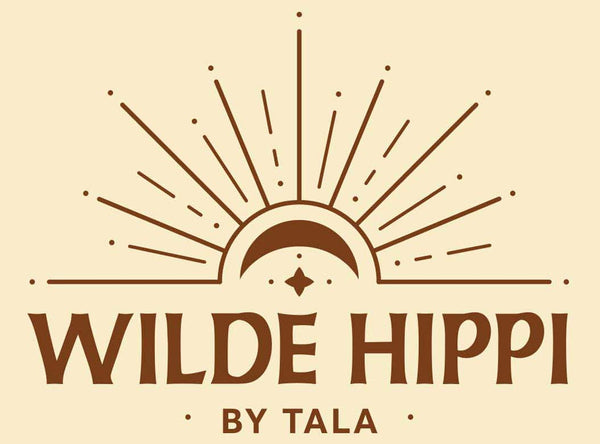
Week Six Reflections: Building a Regenerative Future for Singapore’s Seas
Share
Week Six: Reflection
This week in my MA in Fashion Sustainability at Falmouth University, we explored sustainable and regenerative design, the Fibershed movement, and world-building as a tool for envisioning alternative futures. We were asked to select one ‘what if’ scenario and develop a narrative around it. My chosen question: What if our sea was clean in Singapore?
This question has now expanded into four subcategories, each delving into the environmental, social, and cultural aspects that could shape a future where Singapore’s waters thrive once more. What began as a broad thought experiment has evolved into a deeply immersive exploration, leading me down historical pathways I hadn’t previously considered.
Unearthing Singapore’s Maritime Past: The Orang Laut
This week my research led me to the Orang Laut, Singapore’s indigenous sea nomads, whose lives were intimately tied to the ocean. These communities once thrived along Singapore’s waterways, relying on the sea for sustenance, trade, and cultural identity. However, colonial developments and urbanisation gradually displaced them, severing their connection to the waters they had safeguarded for generations.
Understanding their way of life gave me a new perspective on what a ‘clean sea’ in Singapore could mean. It isn’t just about pollution control; it’s about restoring the reciprocal relationship between people and nature, one where communities are empowered to steward the environment as they once did.
Agriculture and Textiles of the Orang Laut
Diving deeper, I discovered that the Orang Laut practiced unique agricultural methods suited to their nomadic lifestyle. While they relied heavily on fishing, they also cultivated crops in mangrove-rich areas, using sustainable techniques that required minimal disruption to ecosystems.
Textiles were another fascinating area of exploration. Unlike mainland agrarian societies that wove cloth from domesticated fibre plants, maritime cultures often adapted natural materials from their environment—such as bark cloth and fish skin leather. Could these ancestral methods inspire modern regenerative textile production? The intersection of traditional knowledge and contemporary sustainability practices is something I am eager to explore further.
Regenerative Design: Learning from the Past to Shape the Future
The concept of regenerative design challenges us to go beyond sustainability; rather than merely reducing harm, it asks us to restore, replenish, and revitalise ecosystems. Learning about the Orang Laut has made me think: what if Singapore could reintegrate its lost maritime heritage into its sustainability efforts? Could we look to the wisdom of past communities to redefine how we design, produce, and consume fashion in harmony with nature?
The Fibershed movement we discussed in class aligns with this philosophy—localising production, reducing waste, and creating closed-loop systems. If Singapore reimagined its relationship with the sea, could we develop marine-based regenerative fibres? Could the city-state embrace a Fibershed model that incorporates its coastal and maritime history?
Next Steps: Weaving the Story Together
As I continue shaping this world-building project, I find myself merging historical narratives, speculative futures, and practical sustainability strategies. This journey is not just about imagining a ‘what if’—it’s about uncovering the roots of Singapore’s environmental challenges and seeking inspiration from those who lived in closer balance with nature.
I’m excited to see where this story leads. Perhaps, in reimagining a clean sea for Singapore, we also rediscover the wisdom of those who once thrived in its embrace.
Until next time, keep flowing with the tide and dreaming of a wilder, more harmonious future.
Thread:Ed: Educational Outreach on Sustainable Fashion and Textiles
If you're interested in learning more about sustainable fashion and textiles, visit my Thread:Ed page, where I explore educational outreach initiatives dedicated to making the industry more ethical and regenerative. Let’s keep the conversation going and weave a better future together!🌿
Wilde Reads: Books For Change
If you're passionate about sustainability and fashion, why not join our Wilde Hippi Book Club? Together, we’ll explore books that inspire change, discuss new ideas, and build a community committed to ethical living. We are currently read The Future We Choose by Christiana Figueres and Tom Rivett-Carnac Let’s turn the page towards a better world! 📚✨
With gratitude,
Tala 🌿✨
Follow the Journey
FACEBOOK | INSTAGRAM | BLUESKY | YOUTUBE | TWITTER
Join the conversation with hashtags like:
#wildehippiways #thread-ed #wildereads #fashionsustainability #progressdiary #greendesign #textiletalks #learnsustainability #booksforchange #fibreshed
